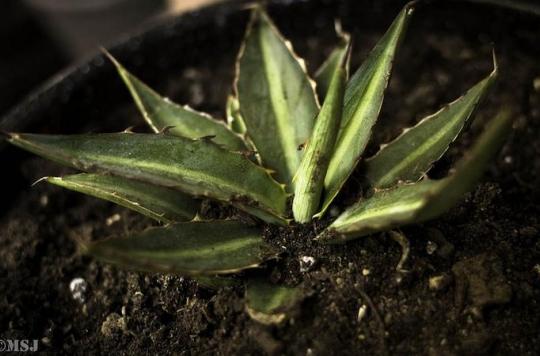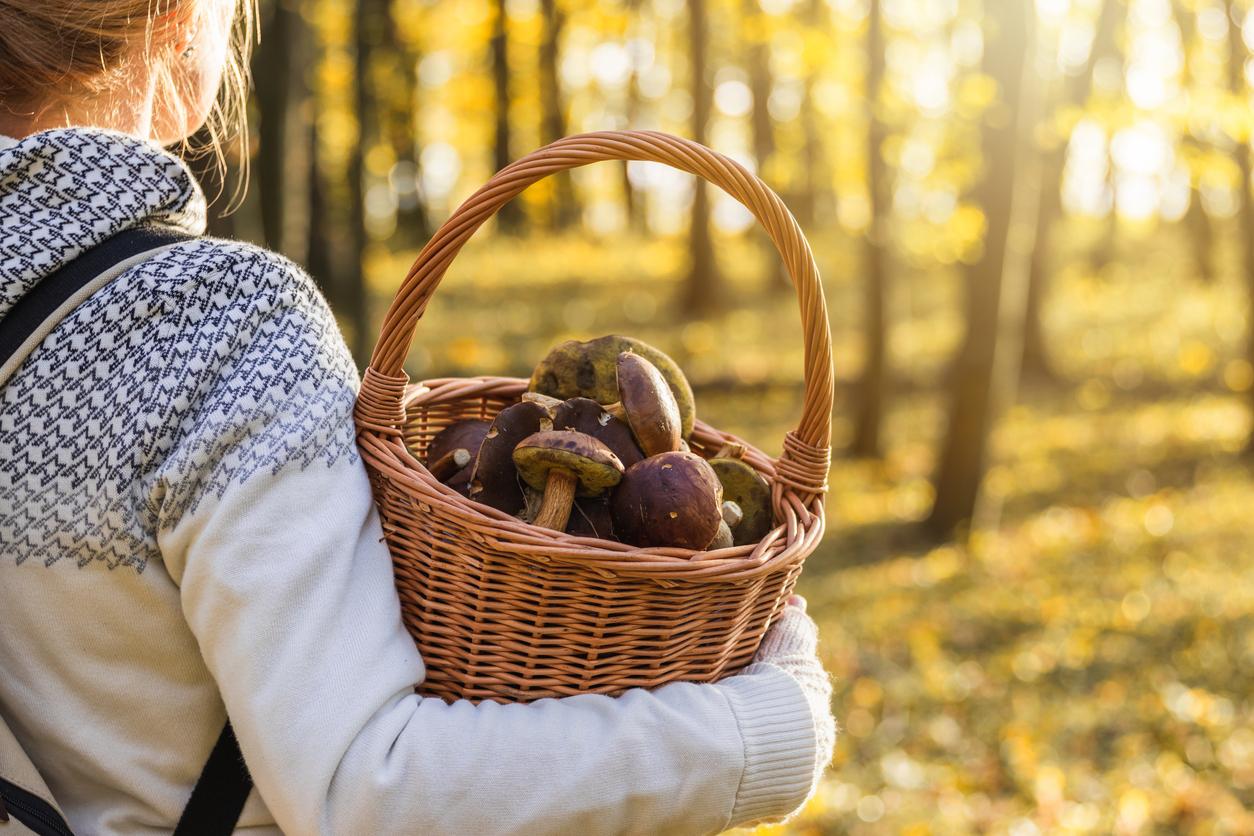Zhang thought he was consuming aloe vera live. It was actually American agave. Intoxicated, the blogger should have checked that this plant was safe.

The blogger’s life has its risks. It is not Zhang, 26, who will contradict this assertion. The young Chinese ended up in the hospital after tasting the leaves ofaloe vera. Or at least what she thought was aloe. In fact, this reckless blogger ate American agave. A poisonous and irritating plant.
The video, broadcast live, could serve as an example for bloggers sharing their experiences. Great lover ofaloe vera, Zhang decided that the best way to reap the benefits was to eat the leaves to the full. What she tries.
Tequila and Mezcal
The tasting session starts off pretty well. Struggling with the long filaments that come off the leaf, the young woman seems to appreciate the taste. “Yum, it’s delicious,” she comments. But the experience literally turns bitter. After three bites, the Chinese realizes her mistake, leaves the direct for the hospital.
Zhang’s mouth feels numb; she can no longer speak and her throat burns her. No wonder that. The American agave is known for its toxicity. A simple contact of the sap with the skin is enough to trigger a dermatosis. Used in Tequila and Mezcal, the plant must first be cooked and processed. What the imprudent did not do. The confusion is all the easier since the agave is also called “American aloe” by the Anglo-Saxons …
Unsurprisingly, doctors identified numerous rashes and blisters in the young woman’s mouth. They also had to perform a stomach lavage in order to remove sap and toxic substances from his digestive system.
Real risks
The adventure ends well for the hapless blogger. But the incident is a reminder of how much caution is required when dealing with plants. Because some are very similar but can have dramatic effects on health. Small hemlock, for example, is easily confused with parsley. The same goes for the great gentian and the veratre.
But’aloe vera itself should be handled with caution. Because an excess of sap or latex can cause abdominal cramps and major laxative effects. In addition, aloin makes the skin more sensitive to UV rays. Drug interactions are also identified. The recommended limit is therefore 50 ml per day, in the form of juice, and 200-300 mg per day in the form of capsules. Beyond that, Zhang will undoubtedly agree: the return to nature is not always good.
.
















